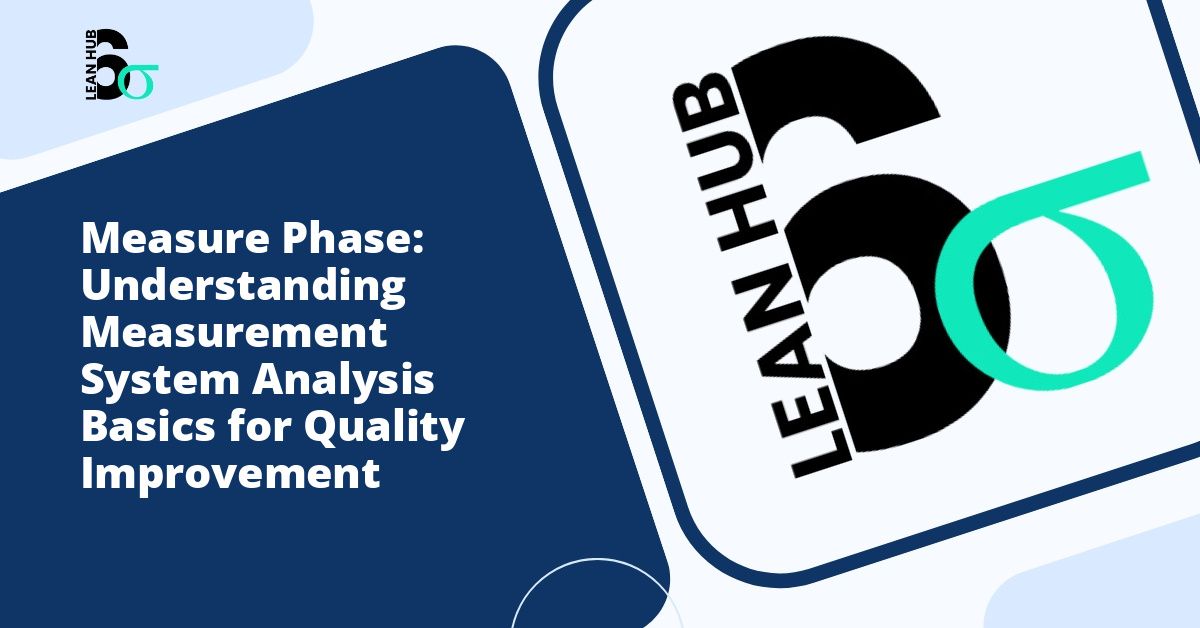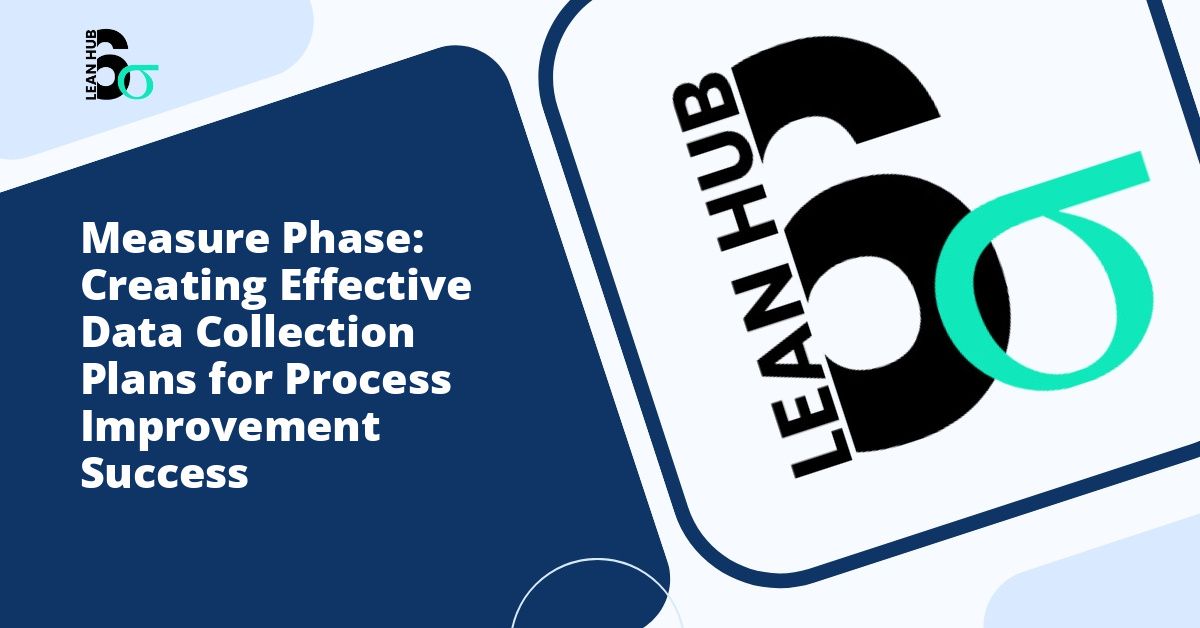In today’s data-driven business environment, collecting information without a structured approach often leads to wasted resources, inaccurate insights, and flawed decision-making. A comprehensive data collection plan serves as your roadmap to gathering meaningful, reliable information that drives organizational success. Whether you are implementing process improvements, conducting research, or evaluating program effectiveness, understanding how to create an effective data collection plan is essential.
This guide will walk you through the complete process of developing a robust data collection plan, providing you with practical templates and proven methodologies that you can implement immediately. You might also enjoy reading about Lean Six Sigma Measure Phase: The Complete Guide for 2025.
Understanding the Importance of a Data Collection Plan
A data collection plan is a structured document that outlines what data you need to collect, why you need it, how you will gather it, and who will be responsible for the collection process. This planning document ensures consistency, accuracy, and reliability in your data gathering efforts.
Organizations that skip the planning phase often encounter significant challenges including duplicate efforts, missing critical information, and collecting irrelevant data that consumes time without providing value. A well-structured plan eliminates these inefficiencies and ensures that every data point collected serves a specific purpose.
The Role of Data Collection in Process Improvement
In methodologies such as lean six sigma, data collection plays a fundamental role in driving continuous improvement. The lean six sigma approach emphasizes making decisions based on facts and measurable data rather than assumptions or intuition. During the recognize phase of problem-solving initiatives, teams must identify and acknowledge issues through systematic data collection before they can develop effective solutions.
The recognize phase represents the critical starting point where organizations acknowledge that a problem exists and requires attention. Without proper data collection during this phase, teams may misidentify problems, overlook root causes, or implement solutions that fail to address actual issues.
Step 1: Define Your Objectives and Research Questions
The foundation of any successful data collection plan begins with clearly defined objectives. You must articulate precisely what you want to learn, measure, or understand through your data collection efforts.
Start by asking yourself these fundamental questions:
- What specific problem are you trying to solve or question are you trying to answer?
- What decisions will be made based on this data?
- Who will use this information and for what purpose?
- What level of accuracy and precision do you require?
Document your objectives in clear, measurable terms. For example, rather than stating “improve customer satisfaction,” specify “identify the top three factors contributing to customer complaints in the online ordering process.”
Step 2: Identify Key Metrics and Data Points
Once you have established your objectives, determine exactly what data you need to collect. This step requires careful consideration to ensure you gather sufficient information without overwhelming your team with unnecessary data.
Create a comprehensive list of metrics that directly relate to your objectives. Consider both quantitative measures such as numbers, percentages, and time measurements, as well as qualitative information like customer feedback, observations, and open-ended responses.
For each metric, document the following information:
- The specific data element name
- The operational definition explaining exactly what you are measuring
- The unit of measurement
- The acceptable range or target value
Step 3: Determine Data Collection Methods
Selecting appropriate data collection methods is crucial to obtaining reliable, valid information. Your choice of methods should align with your objectives, available resources, and the nature of the data you need.
Common data collection methods include:
- Surveys and Questionnaires: Ideal for gathering information from large populations quickly and cost-effectively
- Interviews: Provide in-depth insights and allow for follow-up questions and clarification
- Direct Observations: Enable you to collect data about behaviors, processes, and environments in real-time
- Document Review: Useful for analyzing existing records, reports, and historical data
- Automated Data Capture: Leverages technology to collect data continuously with minimal human intervention
Each method has distinct advantages and limitations. Consider factors such as cost, time requirements, potential bias, and the quality of data each method produces when making your selection.
Step 4: Create Data Collection Forms and Templates
Standardized forms and templates ensure consistency across data collectors and time periods. Your templates should be user-friendly, clearly organized, and designed to minimize errors during the collection process.
Essential elements to include in your data collection templates:
- Clear instructions for data collectors
- Defined fields for each data point with appropriate formats
- Space for recording date, time, and collector identification
- Drop-down menus or checkboxes to reduce variation in responses
- Validation rules to prevent invalid entries
Test your templates with a small pilot group before full implementation to identify any confusion, technical issues, or missing elements.
Step 5: Establish Sampling Strategy
In many situations, collecting data from an entire population is impractical or impossible. A well-designed sampling strategy allows you to gather representative data from a subset of your target population.
Determine your sample size based on the desired confidence level, margin of error, and population characteristics. Consider whether you will use random sampling, stratified sampling, systematic sampling, or another appropriate technique based on your specific circumstances.
Document your sampling approach clearly so that others can understand and replicate your methodology if needed.
Step 6: Assign Roles and Responsibilities
Successful data collection requires clear accountability. Designate specific individuals or teams responsible for each aspect of the data collection process.
Key roles to define include:
- Data collectors who will gather information directly
- Data validators who will review entries for accuracy and completeness
- Data managers responsible for organizing and storing information
- Project leaders who oversee the entire collection process
Provide comprehensive training to everyone involved in data collection to ensure they understand the importance of accuracy, consistency, and adherence to established protocols.
Step 7: Develop a Timeline and Schedule
Create a realistic timeline that specifies when data collection will begin, how frequently data will be gathered, and when the collection period will end. Your schedule should account for potential obstacles, holidays, and other factors that might affect data availability.
Consider whether you need continuous data collection, periodic sampling at regular intervals, or data gathered only at specific trigger points. Align your timeline with your overall project schedule and any deadlines for reporting or decision-making.
Step 8: Plan for Data Quality and Validation
Data quality determines the value of your entire collection effort. Implement multiple checkpoints to verify accuracy, completeness, and consistency throughout the collection process.
Quality assurance measures should include:
- Regular audits of collected data
- Cross-checking between different data sources
- Immediate feedback to data collectors when errors are identified
- Periodic recalibration sessions to maintain consistency
Step 9: Address Data Storage and Security
Determine how and where you will store collected data to ensure security, accessibility, and compliance with relevant regulations. Consider factors such as data sensitivity, privacy requirements, and the need for long-term storage.
Implement appropriate security measures including access controls, encryption, and backup procedures to protect your data from loss or unauthorized access.
Step 10: Execute, Monitor, and Adjust
With your plan complete, begin implementation while maintaining vigilance for issues that require adjustment. Monitor collection progress regularly, track completion rates, and identify any systematic problems that emerge.
Remain flexible and willing to modify your approach when circumstances change or when you discover more effective methods. Document any changes to maintain transparency and ensure consistency moving forward.
Conclusion
Creating a comprehensive data collection plan requires careful thought, detailed planning, and ongoing attention to quality. By following these ten steps, you establish a solid foundation for gathering reliable, meaningful data that supports informed decision-making and drives organizational improvement.
Remember that your data collection plan is a living document. Review and refine it regularly based on lessons learned and changing organizational needs. With a well-executed plan, you transform raw data into actionable insights that propel your organization toward its strategic objectives.








